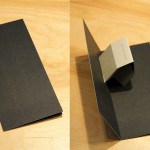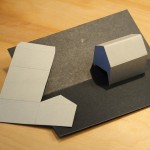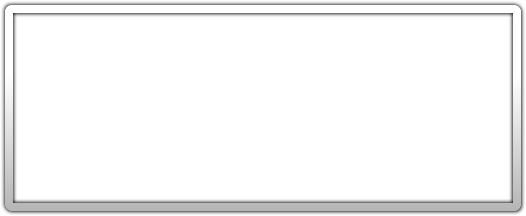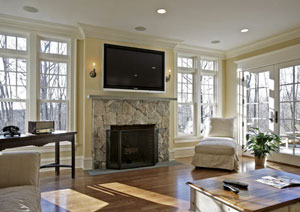
For most of us, the television is part of our daily lives. It provides news and entertainment and keeps us connected with what’s going on in the world. As such, it becomes a room feature that is sometimes embraced or seen as an eyesore. With the holidays over and that new TV staring us in the face, where do we put it?
A trend is to find a compromise, usually by putting it above a fireplace- my neck hurts just thinking about that… I understand that sometimes this is the only place that makes sense for a number of reasons but it sends a mixed message -what is the focal point? Is it the fireplace or television? The hearth is the symbolic center of the home and I guess the television is also becoming that – for better or worse.
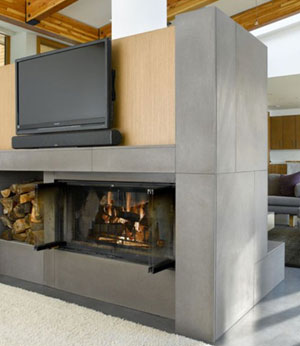
In new construction or a remodeling, we have the opportunity to plan for how a space will be used and thus maximize the placement of these elements. I thought it might be helpful to review a few points as it relates to proper viewing and television setup.
Vertical Angle of View & Screen Height:
For optimum viewing, the eyes of the viewer should be level with the center of the screen.
Maximum vertical angle of view:
In those home theater set-ups where this is not possible, it is recommended that the maximum vertical angle measured at the seated eye height from the front row center seat to the top most part of the projected image should not exceed 35 degrees. This does not represent the optimum viewing angle but rather the limit beyond which the viewer will be subject to an increased neck strain.
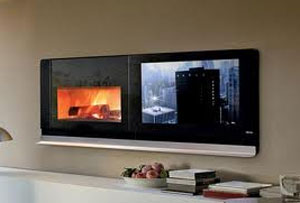
Recommended Viewing Distance based upon the screen size:
26″ 3.25-5.5 feet
32″ 4.0-6.66 feet
37″ 4.63-7.71 feet
40″ 5.0-8.33 feet
46″ 5.75-9.5 feet
52″ 6.5-10.8 feet
58″ 7.25-12 feet
65″ 8.13-13.5 feet
70″ 8.75-14.75 feet
Here is a television viewing distance calculator that can help determine the screen size and seating distances. Here also is another article on setting up a home theater.
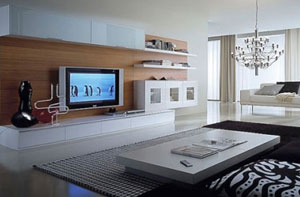
I love kicking back with my family and watching a great movie with a big tub of popcorn on my lap. Why not maximize the enjoyment by thinking through the best possible viewing arrangement? Or just put the television into the fireplace…



